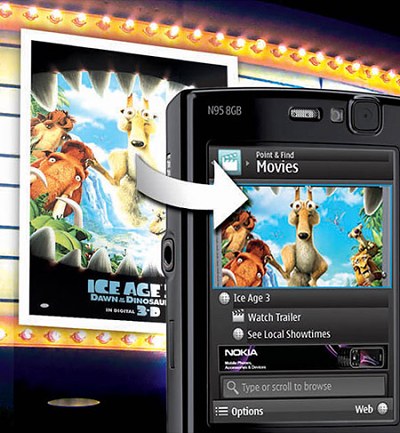When someone you care about gets trapped in a cycle of self-destructive behavior, perhaps from some kind of dependency, they may find it impossible to break free on their own. They need decisive action to put them on a different trajectory, so you stage a personal intervention.
A similar situation arises in business. Companies become dependent on partners, revenue streams, and business models; they optimize their structure, processes and skills to succeed in their industry’s ecosystem. It becomes harder to shift direction and take innovative risks that lead to new opportunities; their success can make them vulnerable to disruptive shifts in technology, industry structure, or customer desires. If this happens to a company you care about, you may need to stage a design intervention.
The Design Intervention
A design intervention is a short, intensive project where we work with you to envision and prototype the future of some aspect of your business, breaking free of short term constraints. This could be done for any aspect of the business, but most frequently we focus on future products and services. The goal is to identify, articulate and recommend actions that can help the company move in ambitious and profitable new directions.
Every organization has its own situation, issues and culture, and needs a personalized approach. However, these are some typical attributes of the design intervention process:
* Highly ambitious goals for the long term – what could you do to achieve an “iPhone effect” in your business in five years?
* Highly practical plans for the short term – what concrete steps can you take in the next 12 months to steer toward your ambitions?
* Considers broad trends and forces, beyond the current dynamics of your industry.
* Consults external voices & provocative thinkers.
* Assumes company strategy, structure, processes, business models and culture can change.
* Assumes skills and assets can come from anywhere e.g., through open innovation or M&A.
* Multidisciplinary approach, blending design, technology, user experience, social sciences, business strategy, brand & market savvy, ecosystem knowledge.
* Delivers tangible results: physical concept designs, paper prototypes, architectural principles, technology options, business model prototypes, partner and M&A ideas, next step investment proposals.
If this sounds intriguing for your organization, please contact us to discuss your situation.

